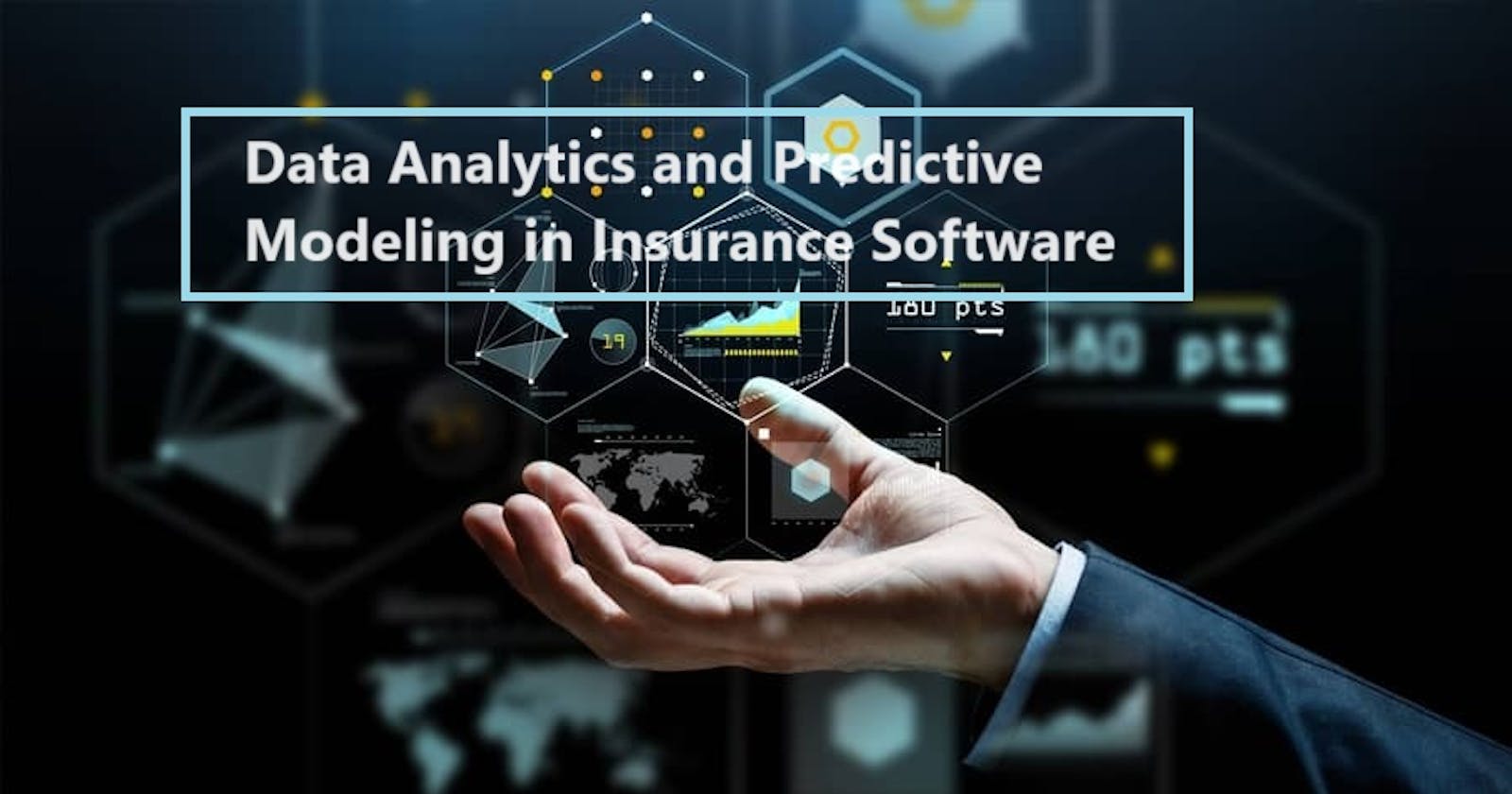In the fast-paced and data-driven world of insurance, staying competitive and making informed decisions is more critical than ever. Insurance software development has evolved to incorporate advanced data analytics and predictive modeling techniques to gain a deeper understanding of risks, customer behavior, and market trends. In this article, we will explore how data analytics and predictive modeling are transforming the insurance industry and the role they play in software development.
1. Enhanced Risk Assessment
Insurance software powered by data analytics and predictive modeling can assess risks more accurately. These technologies can analyze vast datasets, including historical claims data, weather patterns, and customer information, to create risk profiles that enable insurers to set appropriate premiums and coverage limits. This leads to more precise underwriting and reduced risk exposure.
2. Personalized Pricing and Products
Data analytics allows insurance companies to segment their customer base and offer personalized pricing and insurance products. Predictive models can identify customer preferences, risk tolerance, and life events that influence insurance needs. As a result, insurers can tailor policies to individual customers, providing a better customer experience and improving customer retention.
3. Fraud Detection and Prevention
Insurance fraud is a significant concern in the industry, costing billions of dollars annually. Advanced analytics and predictive modeling can flag suspicious claims based on historical patterns and anomalies. This helps insurance companies detect fraudulent activities in real-time and take appropriate action, ultimately reducing losses.
4. Claims Management Efficiency
Data analytics streamlines the claims management process. Predictive models can assess the severity and complexity of a claim, allowing insurers to allocate resources more efficiently. Additionally, automated claims processing and fraud detection tools can expedite the settlement process, enhancing customer satisfaction.
5. Customer Insights and Retention
Insurance software can leverage data analytics to gain valuable insights into customer behavior and preferences. Predictive models can predict customer churn and identify strategies to improve customer retention. By proactively addressing customer needs, insurers can strengthen customer relationships.
6. Product Development and Innovation
Data analytics and predictive modeling play a crucial role in the development of new insurance products. Insurers can use historical data and market trends to identify emerging risks and customer demands. This insight enables them to create innovative products that meet evolving customer needs.
7. Regulatory Compliance
The insurance industry is subject to strict regulations. Data analytics can assist in ensuring compliance by tracking and reporting on key metrics. Predictive models can help insurers anticipate changes in regulations and adapt their practices accordingly.
8. Market Expansion and Diversification
Data-driven insights allow insurance companies to identify opportunities for market expansion and diversification. Predictive modeling can help assess the potential success of entering new markets or launching new products, reducing the risk associated with these endeavors.
9. Cost Reduction
By automating processes, optimizing resource allocation, and preventing fraud, insurance companies can significantly reduce operational costs. This cost savings can be passed on to customers through competitive pricing.
Conclusion
For insurance software development companies, Incorporating data analytics and predictive modeling into insurance software development has become essential for insurance companies looking to thrive in a competitive landscape. These technologies empower insurers to make data-driven decisions, enhance risk assessment, improve customer experiences, reduce fraud, and stay compliant with regulations. As the insurance industry continues to evolve, the effective use of data analytics and predictive modeling will remain a driving force behind innovation and success in the sector.
